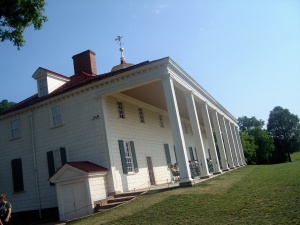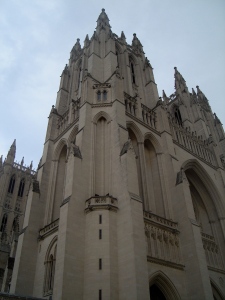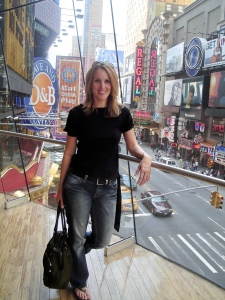 I’ve always been a little obsessed with houses.
I’ve always been a little obsessed with houses.
We moved several times when I was a child, and every house felt different. I noticed that right away. Sometimes I liked the feeling, and sometimes I didn’t. In my memories, I was able to belong to each of them eventually, and them to me.
After reading and re-reading the L.M. Montgomery series of books that begins with Anne of Green Gables, I learned to believe houses have a personality almost like people do. And maybe that’s what I had noticed as a child. Some are more welcoming than others, some are private and unfriendly. Some are old and charming, others old and sad.
This deep interest made Mt. Vernon my favorite attraction on our Washington DC tour. Because first and foremost, it was a home. And such a home.
This estate, built and beloved by George and Martha Washington, is permeated with the kind of personality that makes us love a place and feel loved by it. I think this is due almost totally to the philosophy of George Washington himself.
The docents and staff at Mt. Vernon all had in common a deep respect for George Washington. The literature and paintings in the museum exhibits depict him as a General and a farmer, a man worth following long before he became President – an election that remains the only unanimous vote in our electoral college. Mt. Vernon tells the story of the man who inspired that unity.
I was struck first by Mt. Vernon’s external beauty. It kind of takes your breath away when it first becomes visible a few long strides from the visitors center. The landscape only adds to that feeling as guests walk a tree-covered lane to the mansion. And as if I wasn’t sold already, after walking through the first few rooms of the home, we stepped onto its old-fashioned porch on the back, overlooking the Potomac, and my heart was lost to it forever.
I’ll always think of Mt. Vernon as the oldest house of dreams our country can claim. The beauty certainly continued into every room, every garden and outbuilding. And I think the reason is because of its famous hospitality. It opened its doors (and beds and table) to so many guests over the years that it seems to be inviting us in still today. The outer kitchen still almost hums with the years of cooking it did for Mt. Vernon’s family and many visitors. It’s truly inspiring.
Perhaps it was partly this hospitable philosophy that inspired President Washington’s famous resourcefulness. The docents and staff at Mt. Vernon infuse every word with deep respect for the Man of the Estate, and by the time I left I felt this deep respect too. It was simply amazing the way he used creativity and innovation to support the home and grounds. I was inspired by his frugality, his sixteen-sided barn, and his legacy. I love Mt. Vernon. And maybe the charm of a home has nothing to do with the size or shape or color of its walls. Perhaps it is painstakingly built into the home by the character and hospitality of its owners.


 I usually focus here on my personal experiences with travel, the places I want to go, and why I want to go at all. But one of the most inspiring things I’ve learned about travel since working for a
I usually focus here on my personal experiences with travel, the places I want to go, and why I want to go at all. But one of the most inspiring things I’ve learned about travel since working for a 

 I work on several travel blogs, and this one I like best because it’s more my corner than the others. And one thing you’ll always find in my corner, is books. So. Many. Books. I have a figurative nest – several of them – everywhere I go. It has books I’m reading, books I plan to read, books I started months ago and can’t quite finish because I keep starting others.
I work on several travel blogs, and this one I like best because it’s more my corner than the others. And one thing you’ll always find in my corner, is books. So. Many. Books. I have a figurative nest – several of them – everywhere I go. It has books I’m reading, books I plan to read, books I started months ago and can’t quite finish because I keep starting others.

